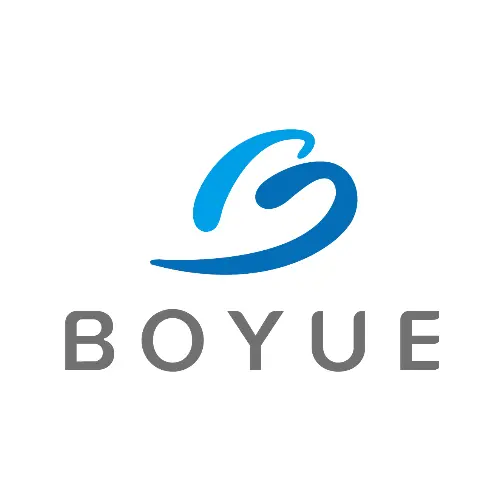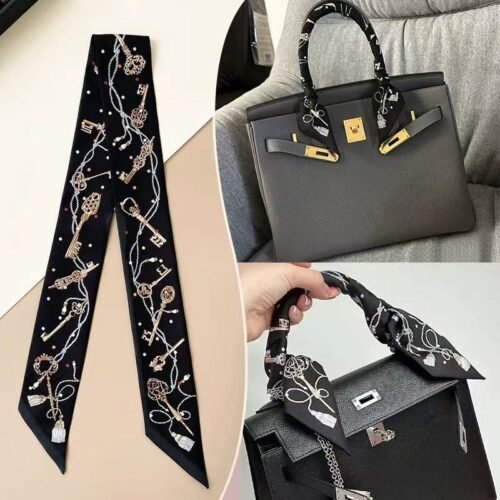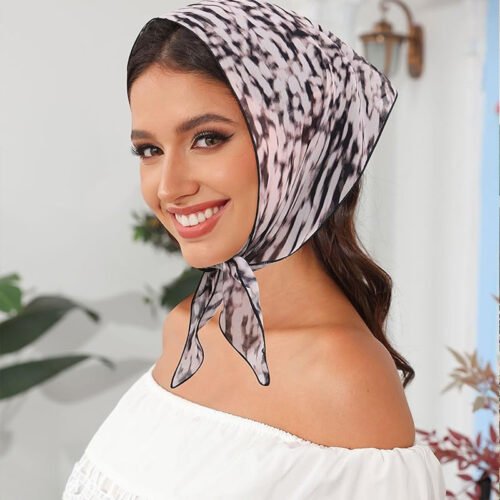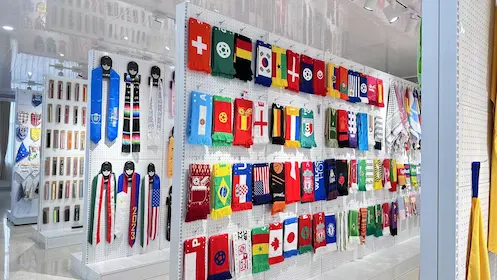Obsah
PřepnoutI. The Undying Classic: Defining the bandana neck scarf
Ten/Ta/To bandana neck scarf—that simple, square piece of patterned cloth—is more than just a passing trend; it’s a style chameleon with deep, rugged roots. Defined simply as a piece of fabric, usually square or triangular, used for the head or neck, the bandana has cemented its place as a perennial fashion favorite.
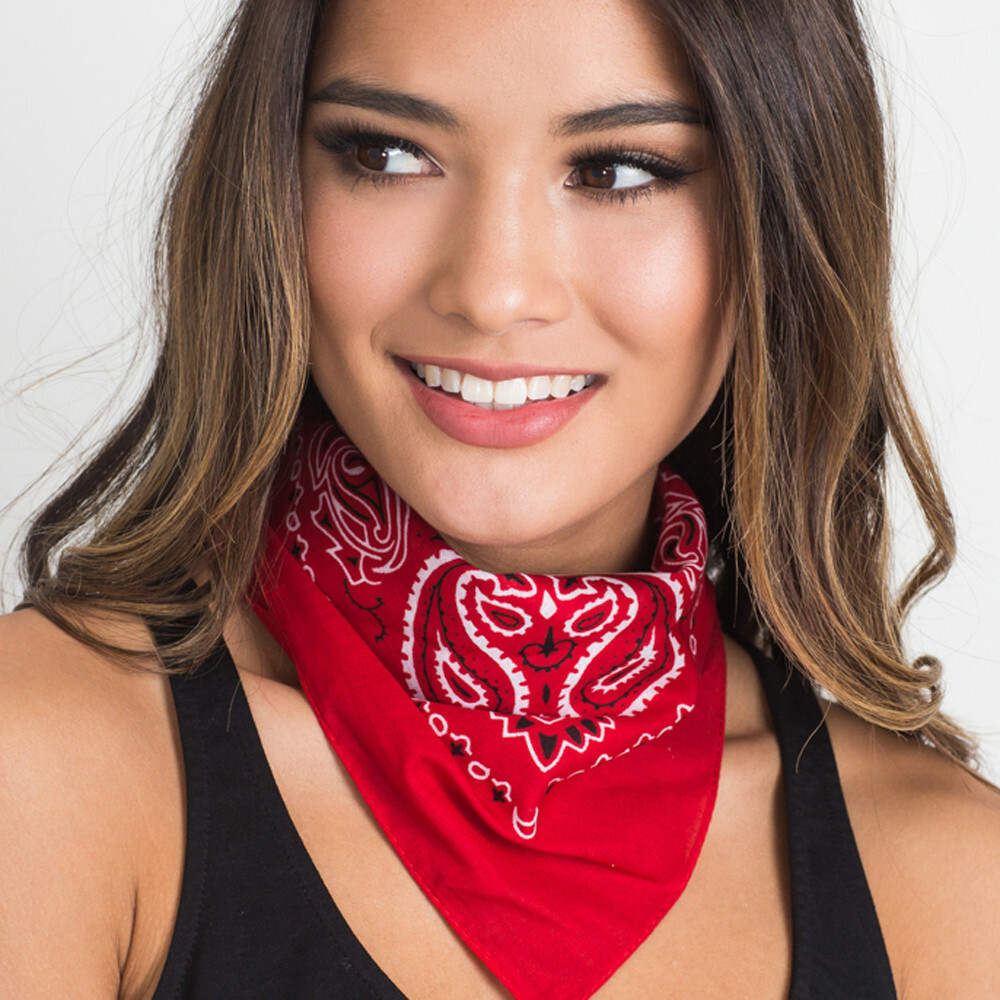
Its history is rooted in utility: cowboys, miners, and laborers originally wore bandanas to wick sweat, shield from dusta protect from harsh sun. As it crossed over into popular culture, it shed its strictly functional role, transforming into a versatile, low-cost accessory that instantly brings an effortless, cool vibe to any outfit. Today, its core functions blend style (aesthetic enhancement) with practicality (UV protection and minor warmth).
II. 10 Ways to Wear bandana neck scarf
Ten/Ta/To bandana neck scarf’s superpower is its versatility. If you think it only belongs on the ranch, think again.
A. Classic Neck Styles
- The Cowboy Knot: The most classic look. Fold the square into a triangle, place the long edge across your chest, and tie the ends behind your neck, letting the point hang down. Perfect for layering under a jacket.
- The Chic Choker: For an elevated, Parisian look, fold the bandana into a thin, tight strip. Wrap it snugly around your neck once or twice and knot it neatly at the side or back.
- The Loose Drape: Simply tie a relaxed slipknot or a loose knot at the front, allowing the ends to fall naturally over a plain top for a relaxed, bohemian look.
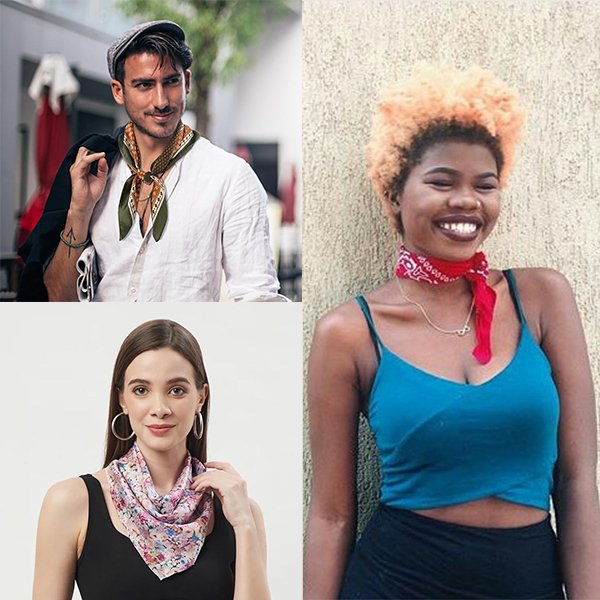
B. Head & Hair Applications
- The Classic Headband: Folded thin, tied over the crown of your head, or across the forehead to keep hair back or add a pop of color.
- The Full Head Wrap (Turban): Ideal for beach days, travel, or achieving a dramatic, vintage-inspired aesthetic.
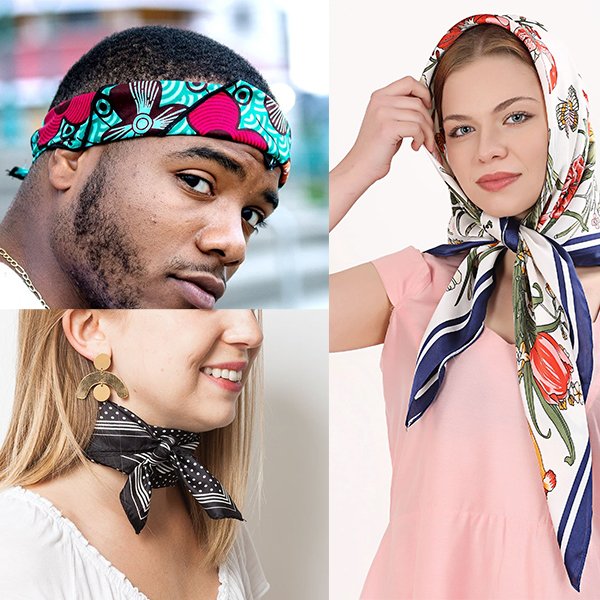
C. Creative Accessorizing
- Wrist Cuff: Tie it to your wrist as a makeshift bracelet or cuff.
- Zvýraznění tašky: Knot it around the handle of your favorite handbag or tote.
- Belt Substitute: Thread a longer bandana through belt loops.
- Face Mask: Use it as a classic dust or wind barrier.
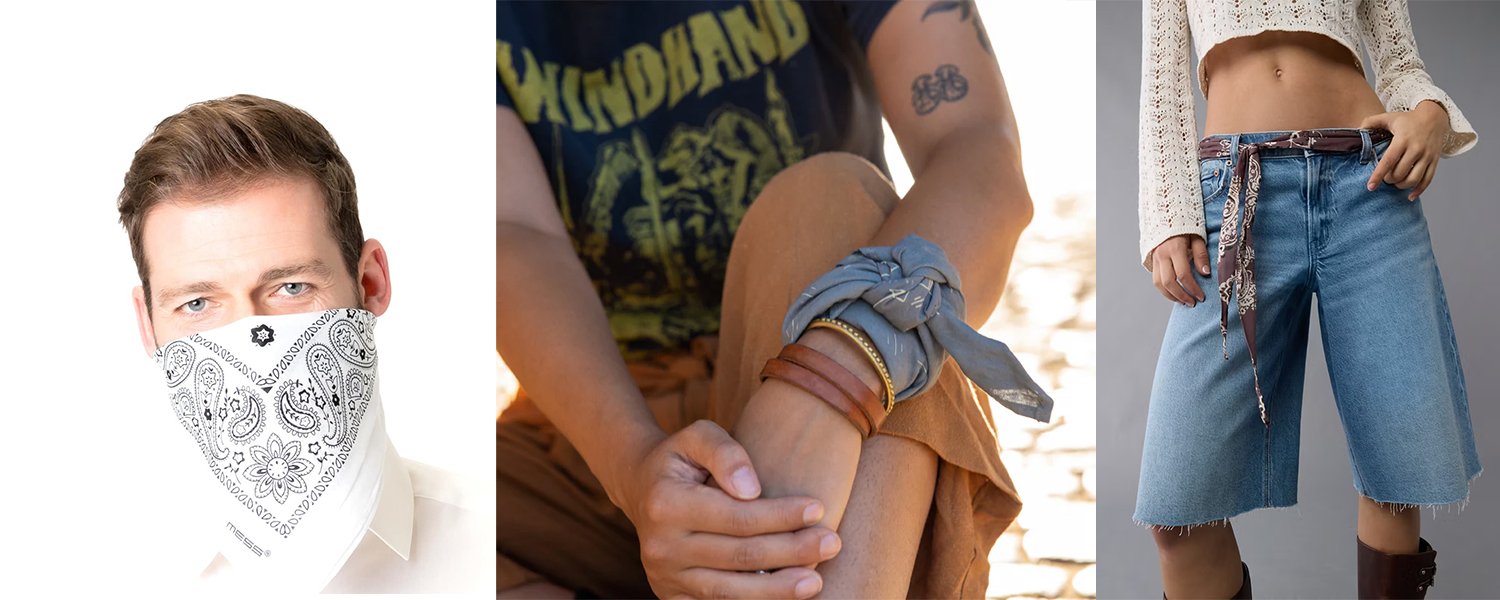
III. Fabric Matters: Choosing Your bandana neck scarf Material
The fabric dictates the bandana’s feel, function, and formality.
| Material Type | Vibe & Characteristics | Best For / Season |
| Pure Cotton | Classic, durable, matte finish. Highly breathable a absorbent. | Daily wear, athletic use, hot weather. |
| Silk / Satin | Smooth, glossy, luxurious feel. Gentle on skin/hair (low friction). | Formal styling, high fashion looks, spring/summer. |
| Rayon / Poly | Lightweight, quick-drying, wrinkle-resistant. Durable with vibrant colors. | Outdoor performance, travel, low-maintenance needs. |
| Wool / Cashmere Blend | Thicker, soft, built for warmth. | Cold weather, replacing a bulky scarf. |
IV. Size & Shape Cheat Sheet: Finding Your Perfect Fit
Size matters when it comes to achieving the right volume and knot:
- Standard Bandana (22×22 inches / 55×55 cm): This is the ultimate versatile size, suitable for almost all neck knots and headbands.
- Small Neckerchief (18×18 inches / 45×45 cm or smaller): Used for creating a very neat, tight knot or an elegant, small flourish.
- Oversized Square (24×24 inches / 60×60 cm or larger): Necessary for a full, voluminous head wrap or dramatic, wide neck draping.
- Pre-cut Triangle: Simple and ready-to-wear, but offers less flexibility for creative tying than a square.
V. Final Takeaway and Styling Tips
Ten/Ta/To bandana neck scarf is an indispensable, portable accessory that allows for endless creative expression. It effortlessly bridges the gap between rugged utility and high fashion.
A Quick Style Guide:
- For Rugged Style: Pair a bavlna bandana with denim, leather, or a plain T-shirt for an Americana aesthetic.
- For Parisian Chic: Choose a hedvábí bandana and use the tight choker knot to elevate a simple blazer or button-down shirt.
